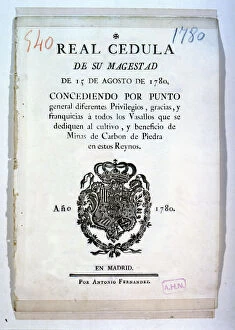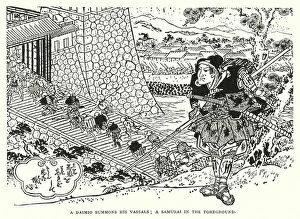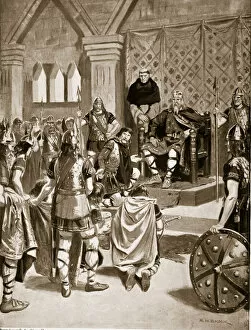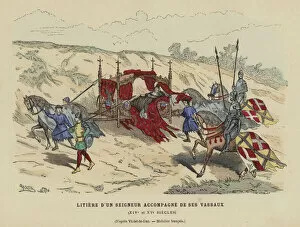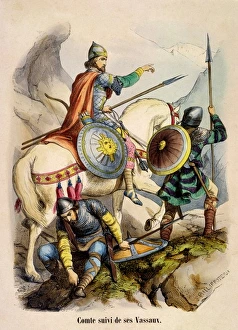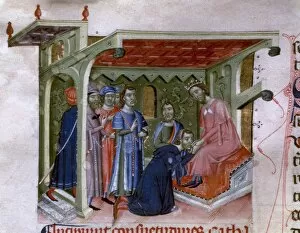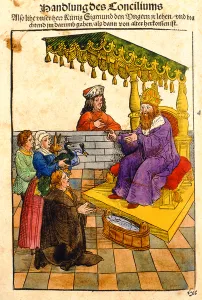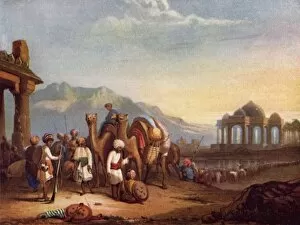Vassals Collection
"Vassals: The Loyal Soldiers of Acostamientos" In the realm of medieval Europe, vassals played a crucial role in upholding the power and authority of their liege lords
All Professionally Made to Order for Quick Shipping
"Vassals: The Loyal Soldiers of Acostamientos" In the realm of medieval Europe, vassals played a crucial role in upholding the power and authority of their liege lords. From culveriners to crossbowmen, these brave warriors formed the backbone of many armies, ready to defend their lord's honor. The Royal Proclamation of King Charles III in 1780 granted certain privileges to these dedicated vassals. Their loyalty and service were rewarded with land grants and other benefits from the Crown, solidifying their position within society. The Act of Vassalage was a solemn oath sworn by both parties involved - the vassal and his lord. This sacred bond ensured mutual protection and support, as well as obligations such as military service or financial contributions. Historical records depict remarkable scenes that highlight this intricate relationship between vassals and their lords. In one instance, we witness the Countess of Bearn swearing homage to Alfonso II of Aragon, pledging not to marry without his consent. Such acts showcased the extent to which vassals surrendered personal freedoms for their lord's favor. Artistic representations also capture moments where powerful daimios summon their loyal vassals or samurais standing steadfastly in defense. These images reflect an unwavering commitment rooted deep within feudal Japan's social fabric. Across time and space, coronations like Harold II's in 1066 or assemblies at Windsor Castle in 1126 demonstrate how monarchs relied on their faithful subjects' allegiance for legitimacy and governance. Even beyond battlefields or royal courts, evidence suggests that tribute payments were made by conquered peoples like the Welsh who offered wolves' heads as a sign of submission to Edgar's rule. Furthermore, tales abound about legendary figures like Charlemagne presenting trophies symbolizing conquests bestowed upon Offa of Mercia – tangible rewards for loyal service rendered on behalf of kings. The vassal's life was not solely tied to warfare.

